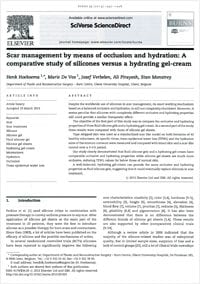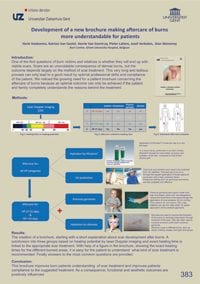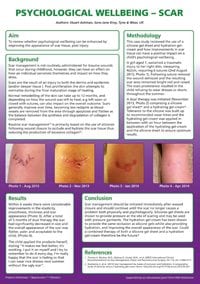Scientific evidence
Silicone scar treatment is the treatment of choice for the prevention and treatment of scars. It is the only available, non-invasive option for scar treatment backed by sufficient scientific evidence. Silicone scar treatment is safe and easy to use.


